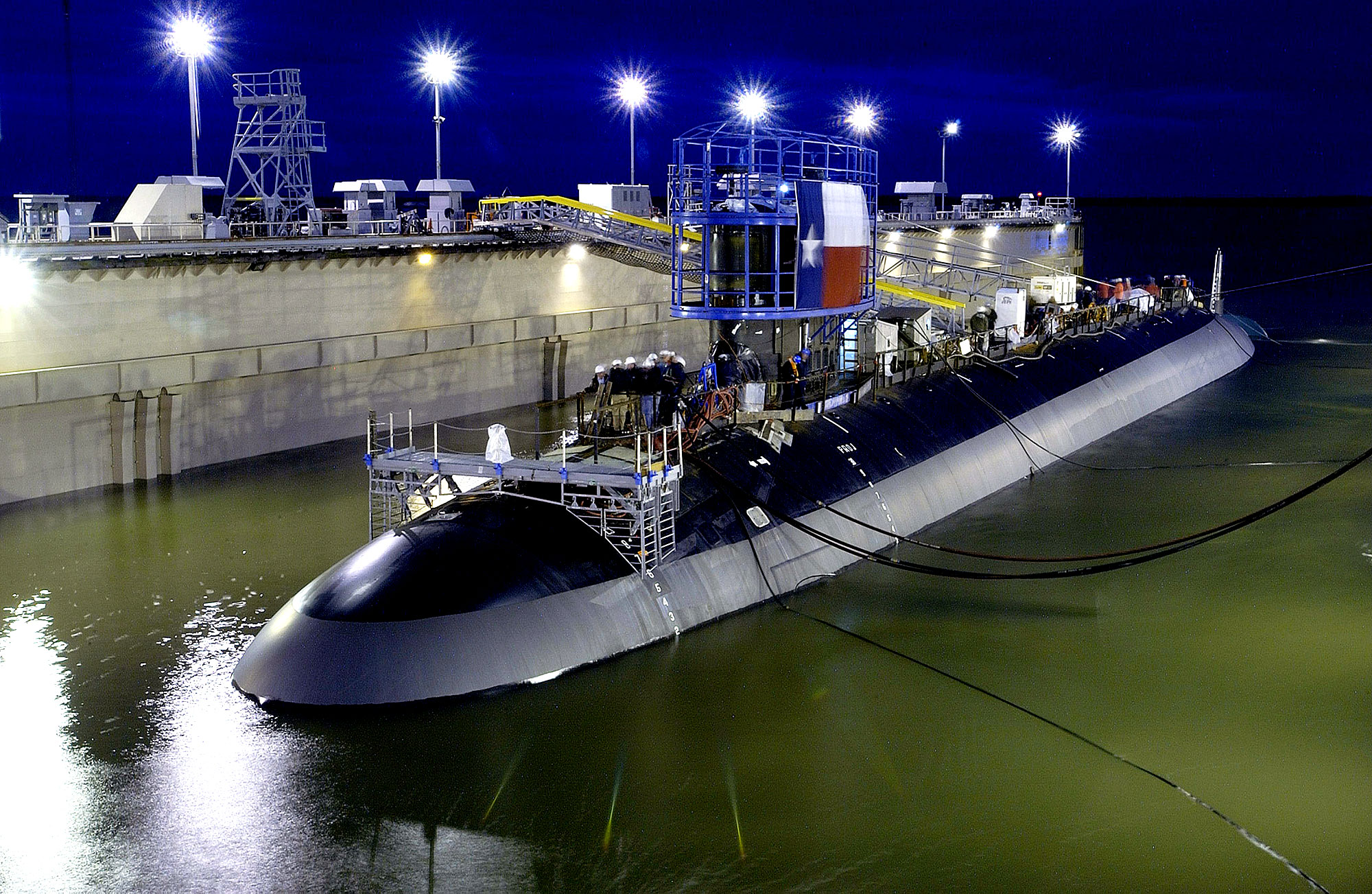US Navy listens, installs LED lighting in subs

The US Navy's TechSolutions program -- in which sailors and Marines are encouraged to submit their ideas for technology innovations -- is proving to be an illuminating exercise.

The Inhabitat site reports that the US Navy's submarine fleet is getting an overhaul of its internal lighting system -- from fluorescent lighting to more energy efficient LED lighting. The idea came from a sailor's recommendation:
"One crew member complained that the lights produced a noisy hum. As a result, the Office of Naval Research is working on a new high tech LED lighting system that will not only not hum, but also use about 50 percent less power to produce the same amount of light."
LED, which stands for light-emitting diode, is a semiconductor-based light source. LEDs are used in many devices, and have lately gained adoption as highly efficient light sources. An LED light source potentially has between 35,000 to 50,000 hours of useful life, compared to 10,000 to 15,0000 for fluorescent bulbs and 1,000 to 2,000 hours for incandescent bulbs. "As an example, the fluorescent version of the Berth light found in every Sailor's sleeping area runs at over 10 watts and is a legendary maintenance headache due to starter and lamp failures," says Roger Buelow, chief technology officer at Energy Focus Inc. and principal investigator for the Navy's Solid State Lighting project. "Because of TechSolutions, the fleet now has a qualified LED version that runs at five watts, delivers the same light output and will last for a decade without maintenance."
In addition to increased efficiency, the US Navy eventually will not have to deal with the mercury residue that is part of disposing of florescent lights. Proof that even the most structured hierarchies can benefit from actively engaging innovation from those on the front lines (literally and figuratively).
This post was originally published on Smartplanet.com